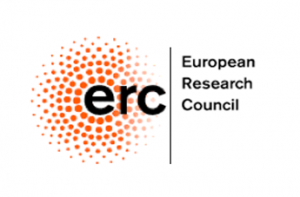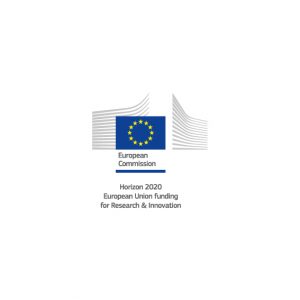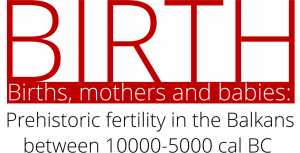Paleodemography
Population dynamics in the early Neolithic of the Balkans
- Summed radiocarbon probability distribution: the method of summed radiocarbon probability distributions will be used to reconstruct population dynamics at macro spatial and chronological scale. This method is a relatively recent development in archaeological demography and it is based on the premise that population size from a moment in time is correlated to the quantity of material remains in the archaeological record from that time. When probability distributions of a large number of individual dates are summed it can be expected that such aggregation will allow the signal of temporal distribution of activity to emerge from the random noise associated with various sorts of error. The curve resulting from the summation of probability distributions of individual dates is a rough proxy of changes in population size through time. The BIRTH project will use previously published Early Neolithic radiocarbon dates (~200 dates) from Serbia, most of them from the Danube Gorges region (~60%), and it is planned to generate 300 new dates by choosing samples from 333 Early Neolithic sites in Serbia.
- The evolution of human fertility-simulation and modelling: project would include a battery of different methodological approaches at different scales (from microscopic examination of skeletal parts to analysis of macro patterns in time and space). On one hand this will generate an unprecedented amount of data in the archaeology of Early Neolithic in the Balkans, but it will put researchers in front of difficult tasks of integrating and interpreting such complex results. These facts can be used as arguments for using the methodology of computer simulation and modelling as instruments for testing complex hypotheses regarding the interaction between demographic and cultural processes. Even though the use of simulation in archaeological research has increased substantially in the last decade, its potential has still remained underutilised, especially in prehistoric archaeology of the Balkans. Therefore, BIRTH would include agent-based simulations with the aim of exploring the implications of potential individual patterns of behaviour related to biological and cultural aspects of reproduction for the macro scale population patterns. For each simulated individual (agent) parameters can be defined which stochastically influence its behaviour (e.g. sex, life span, the beginning of sexual activity, fertility rate). Simulation calculates the aggregate consequences of a great number of individual behaviours and interactions – it creates macro scale patterns comparable to the archaeologically observable patterns. In this way, computer simulations will enable the researchers to explore the consistency of bioarchaeological and archaeological reconstructions on various scales (individual, local population, regional population).



